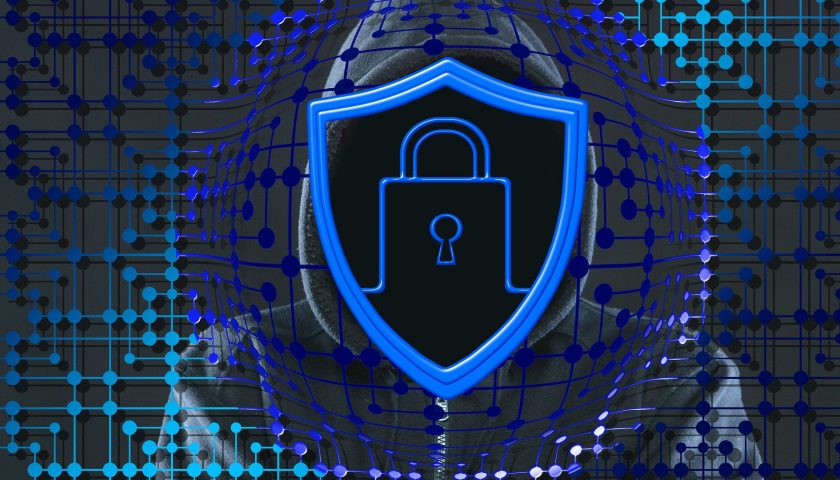Has the potential to massively relieve the burden on health systems.
As Australian hospitals, healthcare providers and aged care facilities continue to deal with the unpredictability of COVID-19, including the Omicron strain, there is an opportunity for healthcare providers to ease the burden, at least in part, nurses and healthcare professionals face every day by leaning on tech, data, and better patient engagement tools.
David Dembo Australia and New Zealand Director at Health Catalyst and former GP noted Omicron has created an extremely challenging situation at a time where healthcare demand already outstrips healthcare capacity, with overburdened nurses, staff shortages, and a lack of beds.
“The more infectious Omicron variant highlighted these constraints and our health system’s limited ability to scale,” he said. “Some hospitals in Australia and overseas have stood out as exemplars of scalability. These health systems have used data and remote monitoring technologies to ensure effective management of COVID-19 cases, and in doing so, have provided scalable empathetic care while protecting their staff from burnout.
Armed with these technologies, hospitals have helped frontline workers focus care on highest-risk patients, manage supply surge, appropriately manage labour resources, and ultimately, create a sustainable course going forward.”
According to Dembo vast amounts of data on COVID-19 patients have been collected around the world. Insights from this data are being used by hospitals to highlight high risk patients and direct resources to those likely to need it most.
“For patients who are managing well and don’t need to occupy a hospital bed, hospitals are
incorporating technologies like business process automation and remote monitoring to automate communication with patients and monitor their progress remotely,” he said.
This type of data-driven patient communication is well accepted by patients and has the potential to massively relieve the burden on Australia’s health system, not just for COVID-19, but for the myriad health services our health system provides, stated Dembo.
“Unnecessary hospital or clinic visits, missed appointments, patient readmissions, and a lack of care plan adherence pose a significant drain on healthcare resources and are sources of healthcare waste and provider stress,” he said. “By providing patients with alternative communication channels for managing care remotely, healthcare organisations can better manage patient volumes, optimise recovery from procedures, and as the evidence demonstrates, even improve patient outcomes. Patient engagement is becoming a priority for most Australian health systems and quite rightly so. Engaged patients consume fewer resources and achieve better outcomes. The challenge has been how to effectively engage with patients when a hospital’s resources are constrained. Automated communication and remote monitoring are well accepted by patients when they are used to augment, not replace direct care.”
According to Dembo when patients are connected with the health system caring for them in this way, they are empowered to take charge of their care through personalised reminders and smarter self-monitoring.
“Patients gain digital access, anytime and anywhere it’s needed, and information tailored to their personal medical history and care requirements, including advice on what to do across a broad range of scenarios, such as hypertension management, surgical preparation, pregnancy care, appointment adherence, and more,” he said. “People in Australia can therefore stay on track with their own care requirements, limiting the need for additional hospital and clinic visits and reducing the likelihood for readmission and dissatisfaction.
It’s a win-win model that frees valuable resources and improves outcomes. Recent examples in the US have demonstrated that data-driven patient engagement can reduce patient re-admissions by 38 per cent (saving approx. A$20,000 per re-admission) and shorten length of stay by 30 per cent (saving approx. A$2,600 per day).”
Dembo noted data-driven automated patient engagement improves access to care, from
appointment reminders and personalised care plan instructions, to reminders on medication dosage and chronic care management. Insights from these digital interactions can also provide care teams with the crucial information needed to provide optimal patient care to Australians. The World Health Organisation (WHO) has also stated digital technology plays an increasingly crucial role in health, especially in health information systems that enable a reduction in the reporting burden for health care staff and facilitate the effective use of data for decision making. The development of digital tools to help collect and report health data has proved to be a key need, especially in the era of the COVID-19 pandemic. WHO has worked with multiple partners to enable digitalisation of internationally recommended data standards for convenient and effective application in countries.
However healthcare sector must also ensure cyber security plays a vital role in data collection. COVID-19 has fundamentally changed the cyber threat landscape for the health sector, with malicious actors increasingly targeting and compromising health networks, which are already under pressure in a pandemic operating environment.
Malicious actors are primarily financially motivated and may seek to gain access to valuable data stores, use the branding from high-profile victims and incidents to bolster the legitimacy of the targeting activity, and/or cause disruption to business operations and continuity through methods such as ransomware. The Australian Cyber Security Centre (ACSC) has assessed that ransomware is currently the most significant cybercrime threat to the Australian health sector. During the reporting period, the ACSC received 166 cyber security incident reports relating to the health sector. This is an increase from the 90 reported incidents affecting the health sector during the 2019 calendar year and likely a result of increased targeting of the health sector due to COVID-19. Incidents reported by the health sector are primarily from health care providers, as well as customers falling victim to health-related scams or data breaches.
Rates of health sector incidents in this reporting period are trending down towards preCOVID19 levels; however, we expect cyber incidents will fluctuate. Globally, COVID-19 themed scams occurred during the height of the pandemic last year, and will potentially increase throughout the vaccine’s research, manufacture, distribution, and administration phases. While the ACSC has not yet observed this activity in Australia, international reporting suggests cybercriminals are attempting to scam the public in other countries by taking advantage of the COVID-19 vaccine rollout, and targeting companies involved in the vaccine supply chains. As such, the ACSC advises that organisations maintain a heightened state of awareness as malicious actors search for new vulnerabilities or seek to exploit existing ones.





